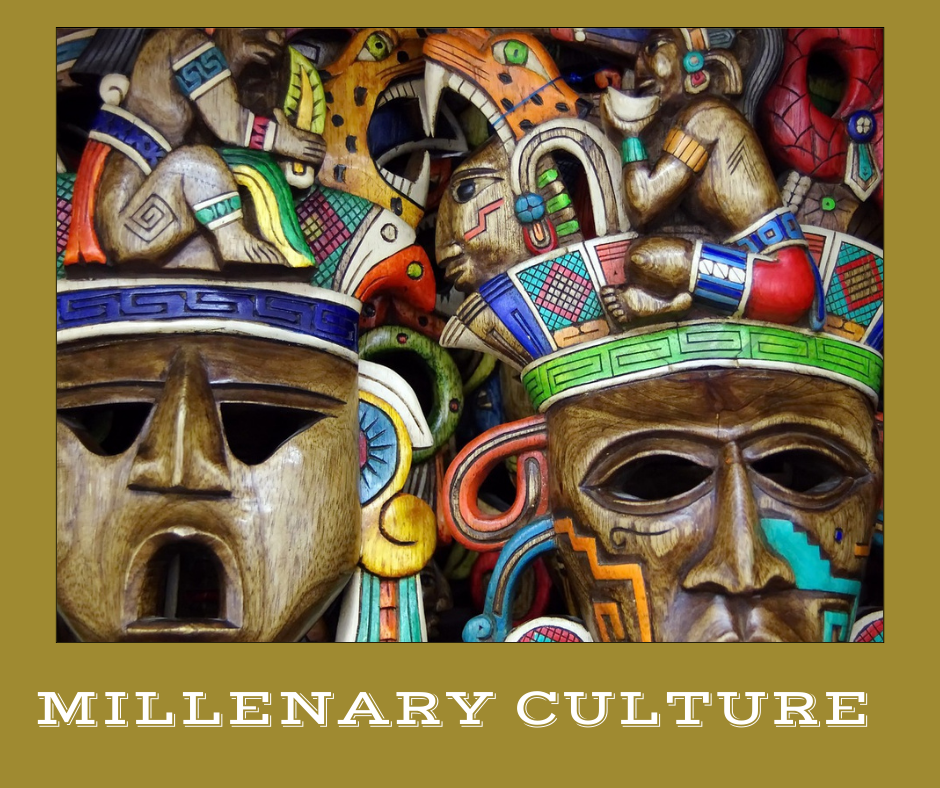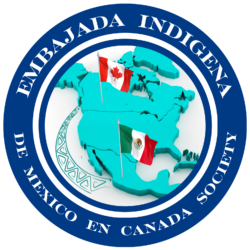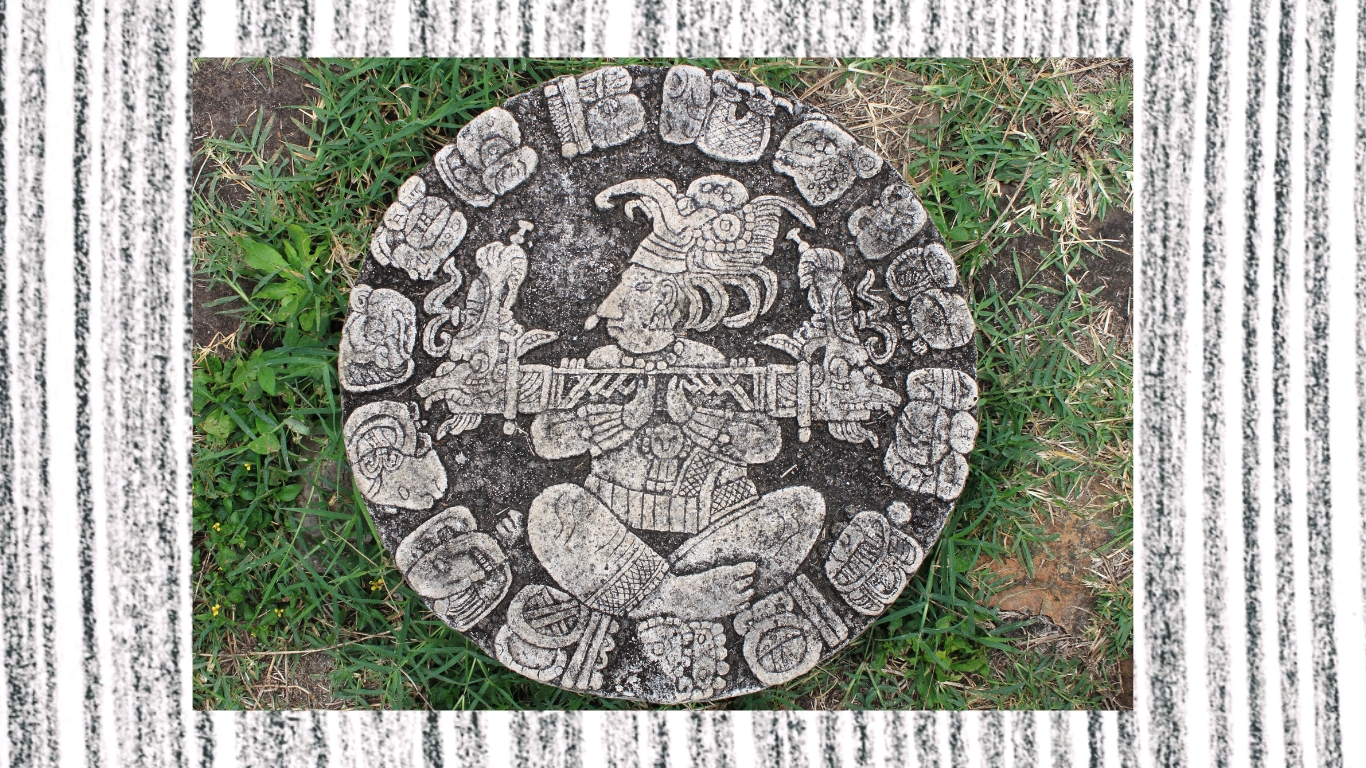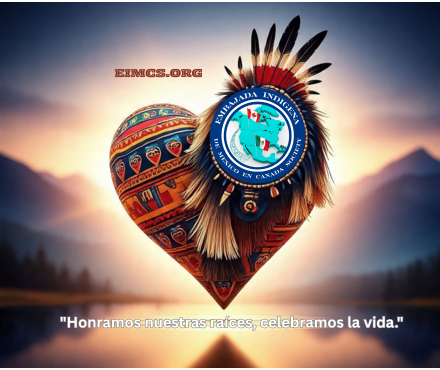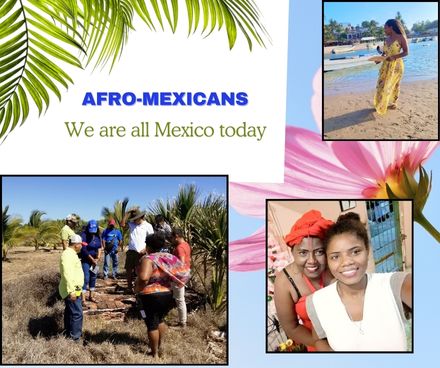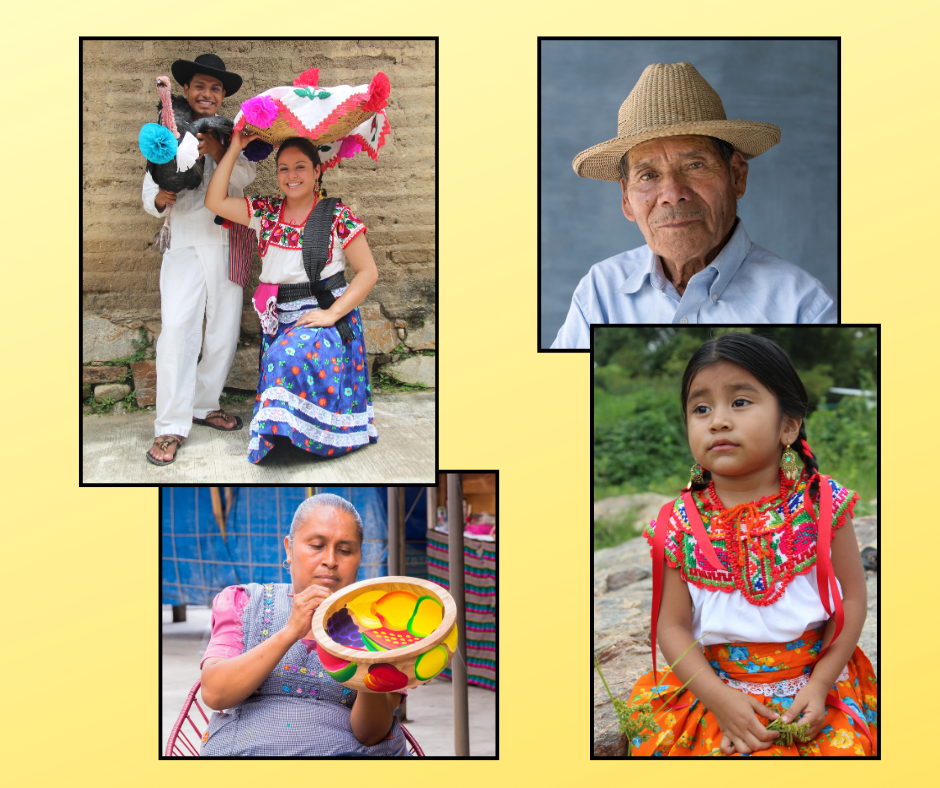![]()
The ancient culture of Mexico’s Indigenous peoples is rich, diverse, and deeply connected to the land, traditions, and spirituality. These cultures, which have existed for thousands of years, encompass a wide range of practices, languages, and beliefs that vary from region to region but share common threads of respect for nature, communal living, and spiritual reverence.
1. *Spiritual Beliefs*: Indigenous cultures in Mexico have a profound spiritual connection with the natural world. Many Indigenous groups, such as the Aztecs, Maya, and Zapotecs, believed that the earth, sun, moon, and elements were sacred. They practiced polytheism, worshiping gods and goddesses that represented natural forces, fertility, and ancestral spirits. Rituals, ceremonies, and offerings to the gods were important aspects of daily life and seasonal cycles.
2. *Languages*: Mexico is home to a vast linguistic diversity, with over 60 Indigenous languages spoken across the country today. These languages are not just means of communication; they are central to cultural identity and the transmission of ancestral knowledge, including traditional medicine, agriculture, and storytelling.
3. *Agriculture and Sustainability*: Indigenous peoples in Mexico have developed advanced agricultural techniques suited to the local environment. They cultivated maize (corn), beans, and squash, which are known as the “three sisters,” forming the backbone of many Indigenous diets. They also developed methods such as terracing, chinampas (floating gardens), and irrigation systems, which allowed them to cultivate in diverse landscapes, from mountains to lakes.
4. *Art and Craftsmanship*: The artistry of Mexican Indigenous peoples is celebrated for its vivid colors, intricate designs, and symbolic meanings. Traditional crafts include weaving, pottery, beadwork, and carving, often reflecting cultural stories, spiritual beliefs, and nature. Each community has its own distinct style, such as the intricate textiles of the Otomi or the beautiful pottery of the Oaxaca region.
5. *Architecture*: Ancient Indigenous architecture is one of the most remarkable aspects of Mexican culture. The Maya, Zapotecs, and Aztecs built impressive cities, temples, and pyramids. The pyramids of Teotihuacan and Chichen Itza are some of the most iconic structures, designed with astronomical precision to align with celestial events. These architectural feats demonstrate advanced knowledge of engineering, astronomy, and urban planning.
6. *Social Organization*: Indigenous communities often organized themselves in a highly structured way, with leaders, spiritual guides, and councils making decisions for the well-being of the community. Many Indigenous societies were based on principles of reciprocity, collective ownership of land, and egalitarianism. The concept of “community” (comunidad) was central, with a strong emphasis on cooperation and the collective good.
7. *Traditional Medicine and Knowledge*: Indigenous healing practices are deeply intertwined with their understanding of nature. Shamans or curanderos use plants, herbs, and rituals to treat ailments, drawing on centuries of knowledge passed down through generations. This tradition of natural medicine is still practiced today in many Indigenous communities.
8. *Rituals and Festivals*: Indigenous festivals and rituals are an important part of maintaining cultural continuity. Celebrations such as the Day of the Dead (Día de los Muertos) blend ancient practices with Catholicism, honoring ancestors and inviting them back to the earthly realm. These events are marked by music, dance, offerings, and feasts that celebrate life, death, and the cyclical nature of existence.
The millennia-old cultures of Mexico’s Indigenous peoples are not just a part of the past—they remain vital today, as communities continue to celebrate, protect, and pass on their traditions to future generations, despite the challenges they face in a rapidly changing world.
